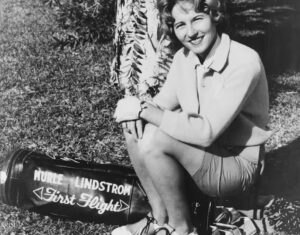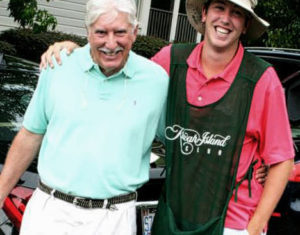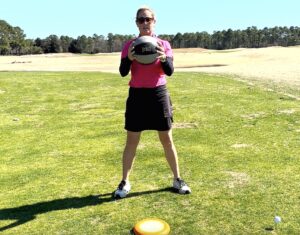Tip Tuesday: Pivot and the Golf Swing
In this installment, Dustin Johnson Golf School Director of Instruction Allen Terrell demonstrates how our body should pivot in the golf swing – both on the backswing, and in transition.
Today we’re going to talk about pivot, and actually the proper way of moving our body in the backswing, and in transition. So a lot of times on the tee I’m working with students and they have been told to turn. There is rotation in the swing, but there’s also tilting and extension as well. The swing is moving in three dimensions. What happens a lot of times with our golfers, they’ll turn but they’ll stay down with their chest, and then they can’t fully make a complete shoulder turn. So then they start trying to incorporate their arms more to create length of swing.
What we want to feel when we swing back is the chest does stay pointed down at the ground, but when we get to about right here the chest has to start pulling back up to the sky. So the top of our swing, I want you to feel like your heart is pointed more to the sky. What that’s going to do, it will enable you to complete your shoulder turn, where you’re going to get more of a 90 degree shoulder turn versus only about 60 and feeling low.
So from here we can extend, and what that extension does is it sets us up for the transition where we’re going to reflex down … extend … reflex. What that reflection does is it enables our right shoulder to stay external in the transition, which allows the golf club to be more behind our hands coming down. So that extension, deflection, that dynamic’s very, very important to support how the right shoulder structure works in the transition. Try it at home.



